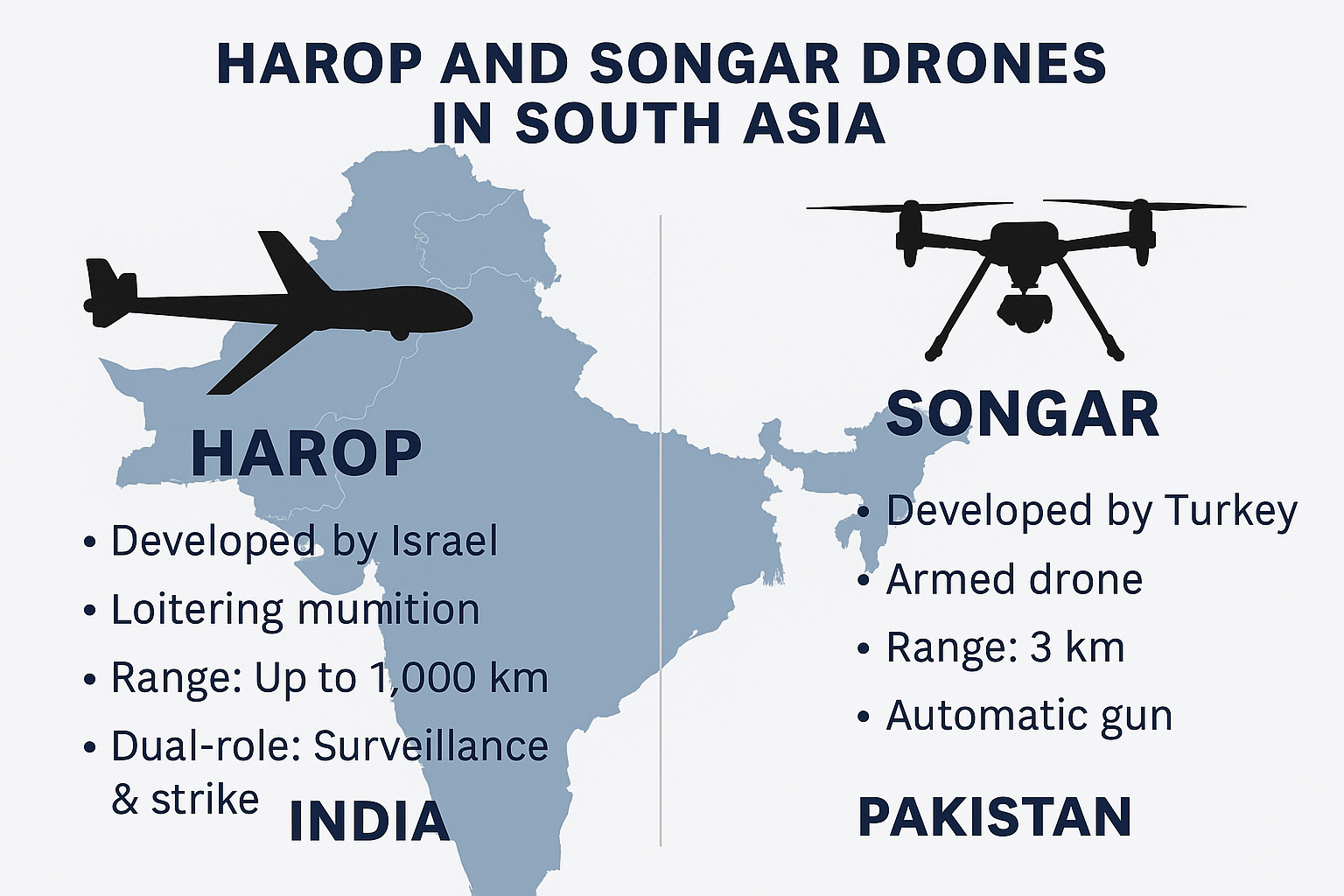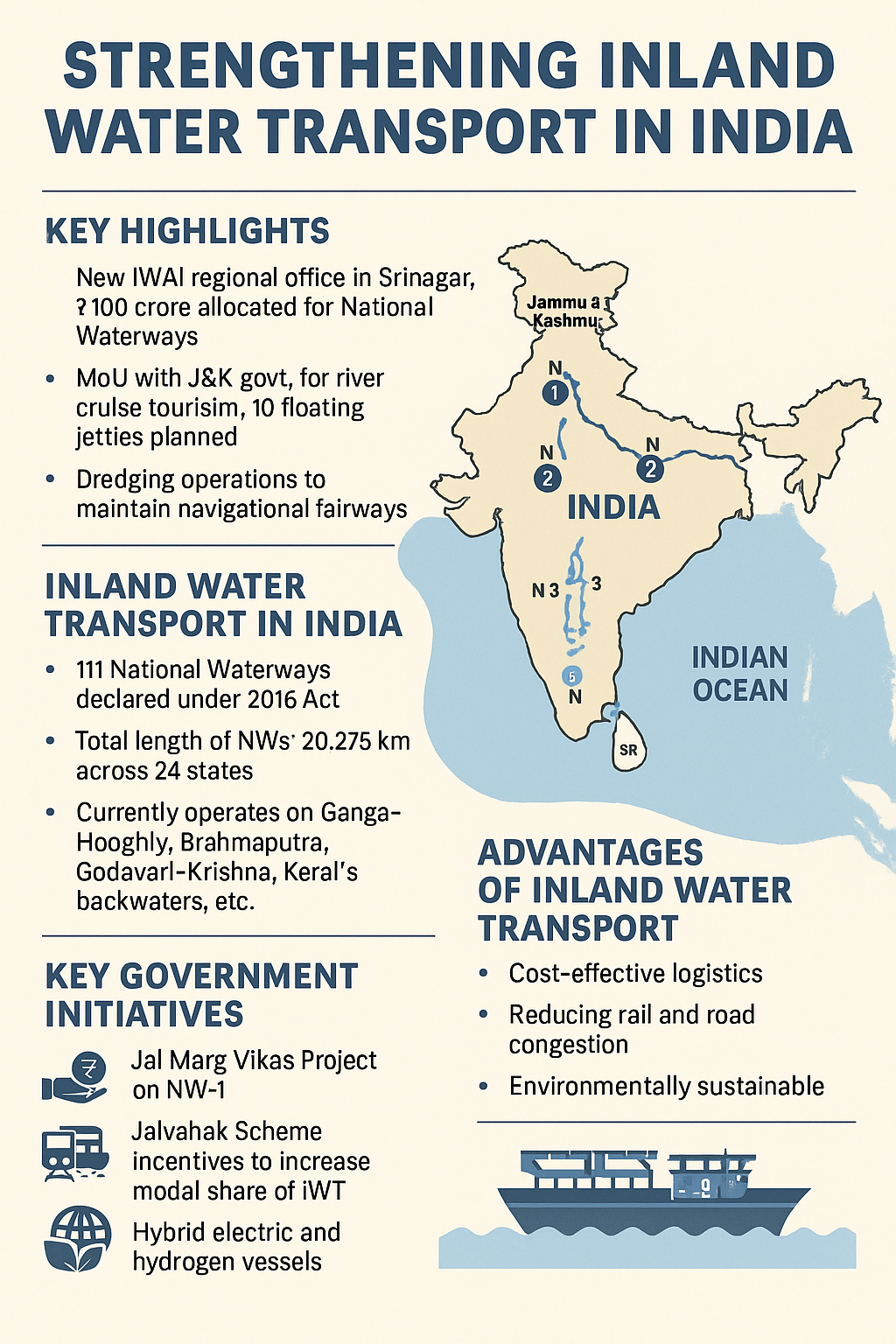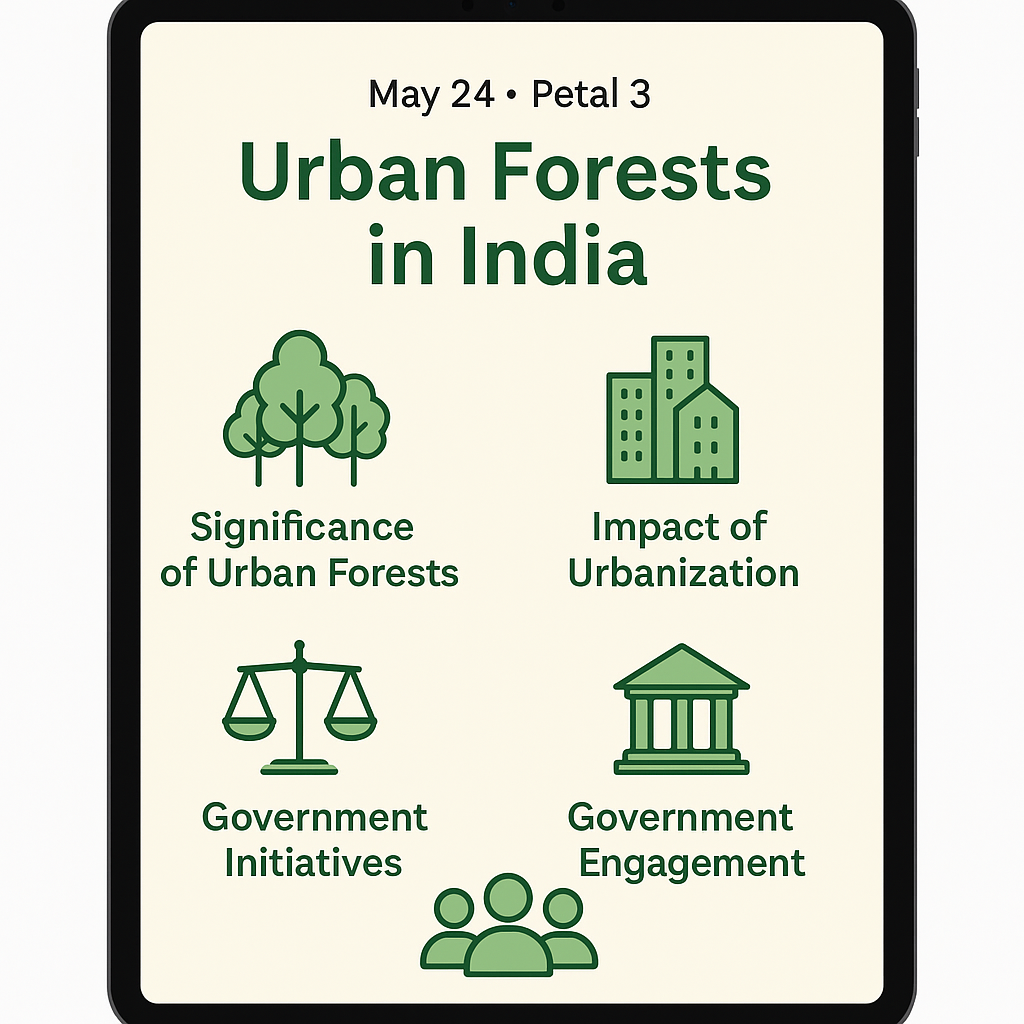
006 – Apr 6, 2025
Storm at the Economic Crossroads: Stagflation Fears in the US

🧭 Thematic Focus
Category: Economy | Global Financial Trends | US Domestic Policy
GS Paper: GS Paper III – Indian Economy | Economic Development & Global Trends
Tagline: When prices rise and growth stalls, the economy walks a tightrope over uncertainty.
🏛️ Intro
On April 4, US Federal Reserve Chair Jerome Powell expressed concern that former President Donald Trump’s “Liberation Day” tariffs could plunge the American economy into stagflation—an ominous blend of high inflation and low growth.
As confidence dips, markets fluctuate, and inflation lingers, policymakers face a dilemma where each solution deepens another problem.
🔍 Key Highlights
- What is Stagflation?
A rare economic condition featuring:- Slow GDP growth
- High unemployment
- Persistent inflation
- Origin of the Term:
Coined in 1965 by British politician Iain Macleod, it gained global notoriety during the 1970s oil shocks triggered by the OPEC embargo. - Causes of Stagflation:
- Supply-Side Shocks – e.g., rising oil prices.
- Poor Policy Decisions – over-regulation or mismanaged monetary expansion.
- Persistent Inflation – prices rise even during economic slowdowns.
- Economic Implications:
- Consumers lose purchasing power.
- Businesses struggle to invest or plan ahead.
- Low-Income Groups are hit hardest.
- Policy Dilemma: Rate hikes tame inflation but worsen job loss.
- Policy Options:
- Monetary Tools – Rate adjustments & unconventional strategies.
- Fiscal Push – Targeted spending to stimulate demand.
- Structural Reforms – Boosting productivity via deregulation.
- Inflation Targeting – Anchoring expectations to restore stability.
- Trump Policy Concerns:
- Tariff threats, mass government layoffs, and program cuts risk worsening the outlook.
- Early signs: market drops, consumer pessimism, and inflation persistence.
- Global Risk Lens:
- Ongoing supply chain issues, commodity shocks, and geo-political instability increase global stagflation fears.
🧠 Concept Explainer: Why This Matters
In normal downturns, inflation cools. But stagflation defies logic: everything hurts at once.
People lose jobs. Prices rise. Investors flee. And policy becomes a maze where wrong turns can deepen crises.
For India, closely tied to global markets, US stagflation could ripple through exports, capital flows, and investor sentiment.
🗺️ GS Paper Mapping
- GS Paper III – Macroeconomic Indicators, Fiscal & Monetary Policy
- GS Paper II – Effect of International Policies on Indian Interests
- Essay Themes – “Balancing Growth with Stability,” “When Markets and Minds Panic Together”
💭 A Thought Spark — by IAS Monk
“When the engine slows and the wheels spin fast,
an economy finds itself trapped between movement and stillness—
in a fog where neither policy nor people can see the road ahead.”


















